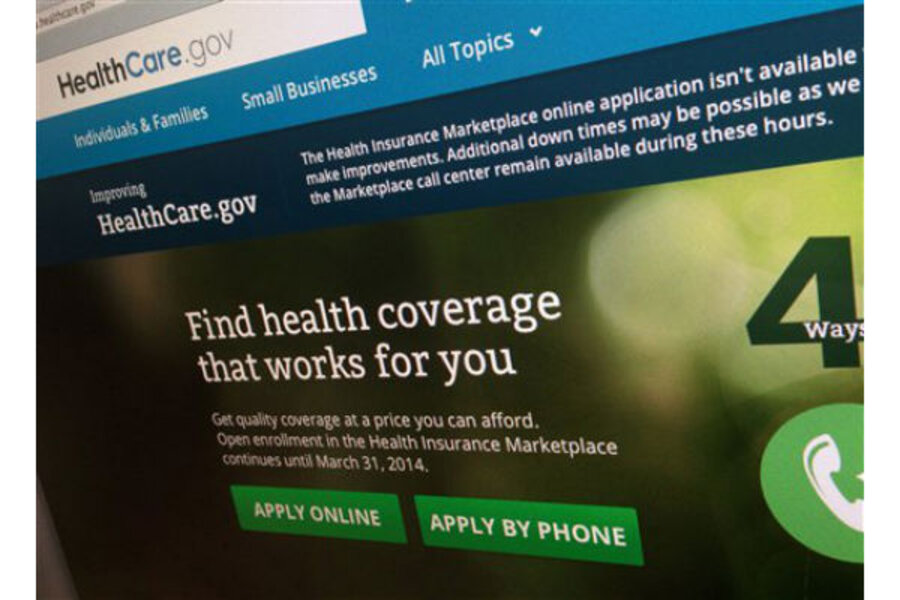Healthcare website lacks mechanism to add new baby
Loading...
| Washington
There's another quirk in the Obama administration's new health insurance system: It lacks a way for consumers to quickly and easily update their coverage for the birth of a baby and other common life changes.
With regular private insurance, parents just notify the health plan. Insurers will still cover new babies, the administration says, but parents will also have to contact the government at some point later on.
Right now the HealthCare.gov website can't handle such updates.
It's a reminder that the new coverage for many uninsured Americans comes with a third party in the mix: the feds. And the system's wiring for some vital federal functions isn't yet fully connected.
It's not just having a new baby that could create bureaucratic hassles, but other life changes affecting a consumer's taxpayer-subsidized premiums. The list includes marriage and divorce, a death in the family, a new job or a change in income, even moving to a different community.
Such changes affect financial assistance available under the law, so the government has to be brought into the loop.
At least 2 million people have signed up for private health policies through new government markets under President Barack Obama's overhaul. Coverage started Wednesday, and so far things appear to be running fairly smoothly, although it may take time for problems to bubble up. Health and Human Services Secretary Kathleen Sebelius calls it "a new day in health care" for millions of Americans.
Insurers say computerized "change in circumstance" updates to deal with family and life developments were supposed to have been part of the federal system from the start.
But that feature got postponed as the government scrambled to fix technical problems that overwhelmed the health care website during its first couple of months.
"It's just another example of 'We'll fix that later,'" said Bob Laszewski, an industry consultant who said he's gotten complaints from several insurer clients. "This needed to be done well before January. It's sort of a fly-by-night approach."
"We are currently working with insurers to find ways to make changing coverage easier while we develop an automated way for consumers to update their coverage directly," responded an administration spokesman, Aaron Albright.
A Dec. 31 circular from the Centers for Medicare and Medicaid Services addressed the problem.
In questions and answers for insurers, the government said that the federal insurance marketplace will not be able to add a child until the system's automated features become "available later." It does not provide any clue as to when that might take place.
The federal marketplace serves 36 states through HealthCare.gov and call centers. The Medicare agency, which runs the government's other major health programs, is also responsible for expanded coverage under Obama's law.
The question-and-answer circular says parents with a new baby will be told to contact their insurer directly "to include the child immediately" on their existing policy.
After the federal system is ready to process changes, parents will have to contact the government to formally bring their records up to date. Albright said parents will be able to add a new child to their policy for 30 days.
Having a baby could increase a family's monthly premiums, but it could also mean that the parents are eligible for a bigger tax credit to help with the cost. Under some circumstances, it could make the child or the family eligible for Medicaid, a safety-net program that is virtually free of cost to low-income beneficiaries.
"Add it to the list that shows HealthCare.gov is not done," Mr. Laszewski said.







